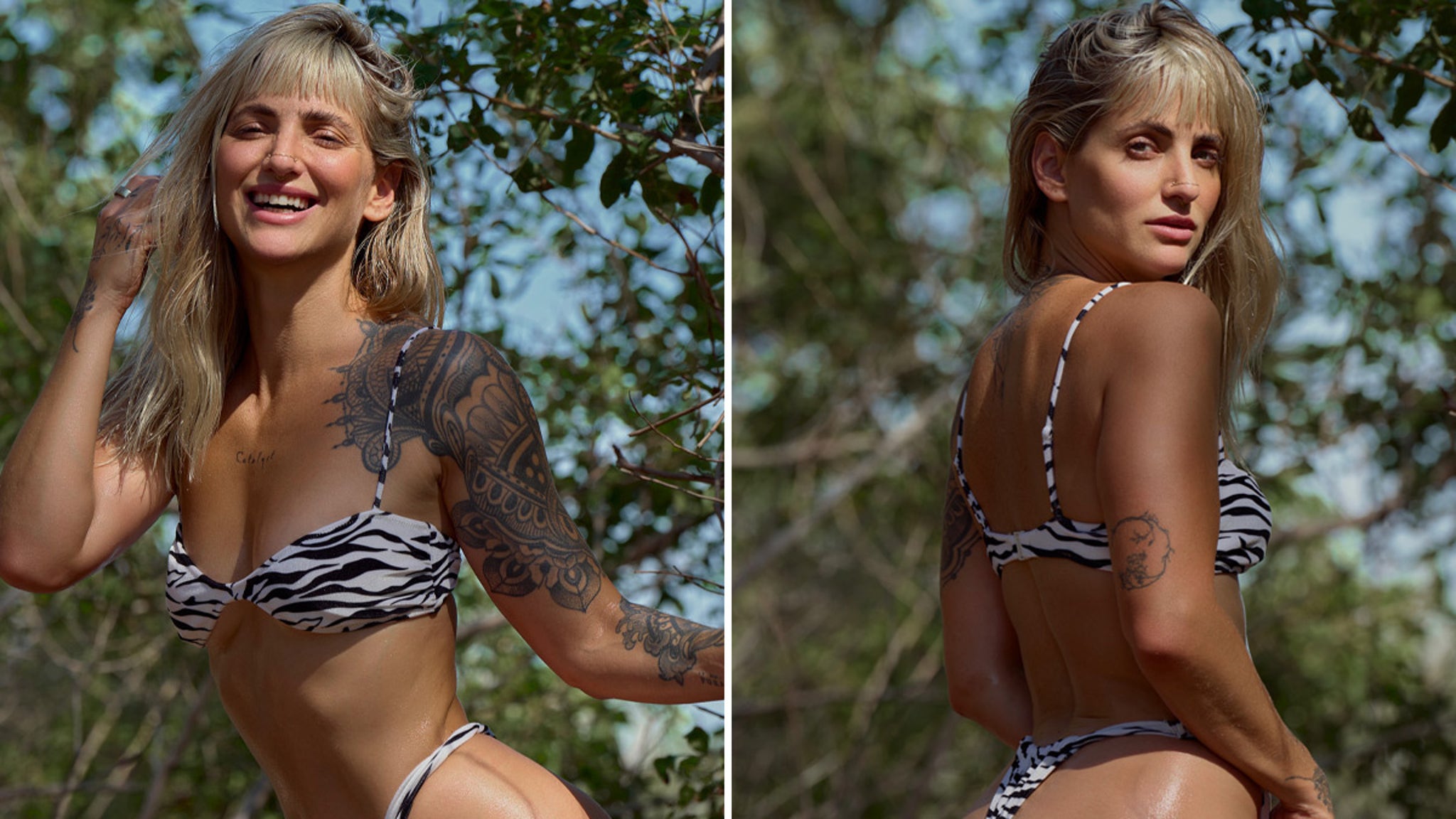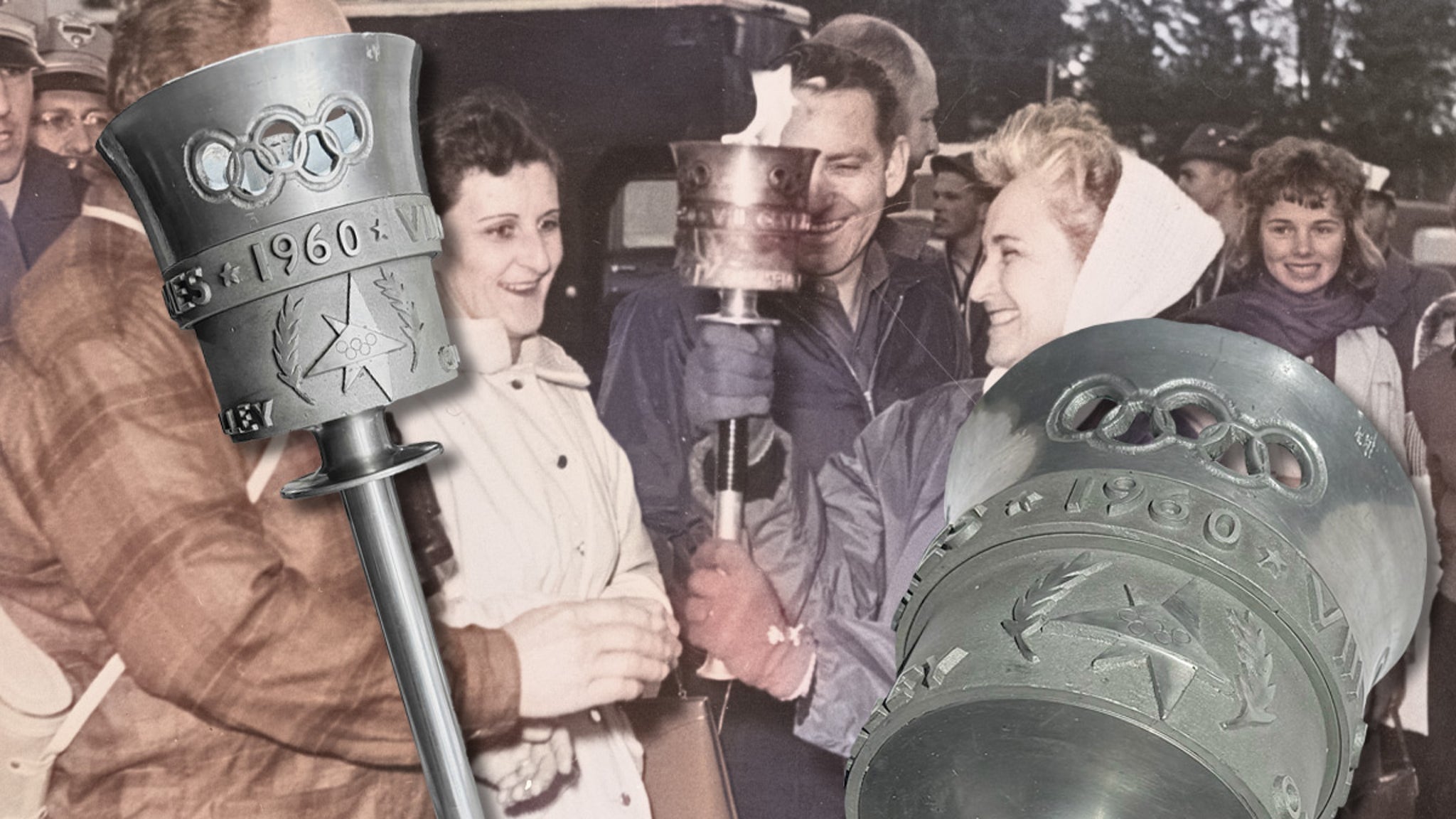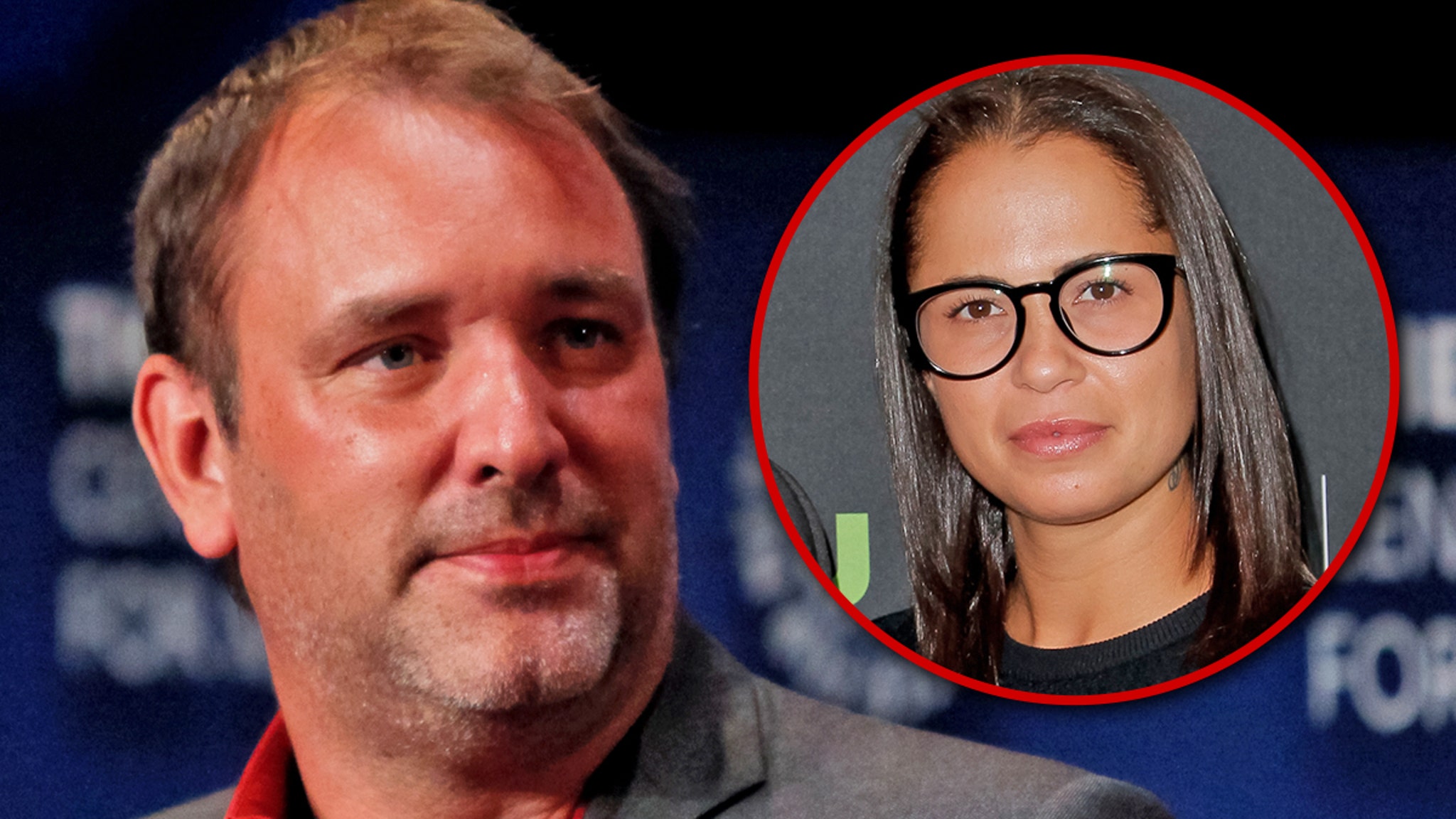Culture
A Dazzling Artistry: Hiroshige’s ’100 Famous Views of Edo’


If you want to understand the visual language of Instagram, cinema, Tintin comics, modern poster design, or van Gogh, the quickest thing to do would be to ride out to the Brooklyn Museum, where, for the first time in 24 years, you can see every one of Utagawa Hiroshige’s “100 Famous Views of Edo” (the city now known as Tokyo).
If you’re unfamiliar with this monument of mid-19th-century Japanese woodblock art which, like Katsushika Hokusai’s “36 Views of Mount Fuji,” profoundly influenced Western modernism and its descendants, by all means start at the beginning: How did the museum get its hands on such pristine copies? And what made Hiroshige (1797-1858) and his workshop so innovative?
An entire set of Hiroshige’s colorful depictions of his native city was bound into a book, donated to the Brooklyn Museum and left in storage for 40 years before being unbound in the 1970s. Because it was probably intended especially for such a collection, this particular set was also a kind of luxury edition, made with extra care and details, like the use of reflective metallic dust, that ordinary consumer-grade prints, for all their intricacy, didn’t have.
The exhibition begins by comparing a contemporaneous but more old-fashioned print of Kameido Tenjin Shrine with Hiroshige’s view of the same locale (No. 65), and you can see at once what an aesthetic leap was taking place in Japan in the 1850s. The old-fashioned one, by Kitao Shigemasa, is dry and comprehensive, like an illustrated map; Hiroshige’s, with its unusual cropping, its emphasis on the shrine’s famous wisteria flowers and moon bridge to the exclusion of its actual buildings, is at once thrillingly visceral and shimmering with self-awareness, less a depiction of the shrine’s most notable features than a distillation of their visual and emotional impact.
In the main room, you’ll find 118 prints on the walls, either because “100 views” wasn’t meant literally or because brisk sales convinced Hiroshige to issue extras. They’re arranged in seasonal order, following an index published after the artist’s death, and their numbered labels are wonderfully concrete and informative. But you don’t have to follow the order.
Every print offers a self-sufficient, stage-set-like world, and almost every one boasts some brilliant little aesthetic device that appears nowhere else. Notice the way Hiroshige’s carvers loaded branches with snow by leaving unprinted space around them, in “Bikuni Bridge in the Snow” (No. 114), and how the large sign advertising “mountain whale,” or wild boar meat, upsets your sense of where the picture ends. (Is it writing, or a drawing of writing?) Clock the razor-thin lines of rain that shoot across “Sudden Shower Over Shin-Ohashi Bridge and Atake” (No. 58) and the wild composition of “Plum Estate, Kameido” (No. 30): Van Gogh copied them both.
It’s the prints’ flat economy, as well as their directorial focus on salient details, that live on in 20th-century Western comics and movies. Their tone is harder to keep hold of. The photographer Alex Falcón Bueno, whose recent views of Hiroshige’s neighborhoods today form a pleasurable epilogue to the show, comes close, but the pop artist Takashi Murakami, whose “Japonisme Reconsidered” series, also included here, reproduces Hiroshige’s whole series on canvas, demonstrates just how much you can lose from medium to medium. In ink on paper, the careful narrowness of Hiroshige’s vistas creates a sense of magical remove; in Murakami’s acrylic and gold leaf, the same views become cloying and claustrophobic, even on a canvas 11 feet tall.
All that said, though, you can also just cut right to the heart of the matter by going directly to No. 48, “Suido Bridge and Surugadai.” It shows a large, vibrantly-colored, carp-shaped windsock of the type that Japanese typically fly outdoors on Boys’ Day, May 5 (also known as Children’s Day). Crossing under its tail is the Kanda River, and behind it, after a broad green bank, the villages of Surugadai and Misaki extend back toward Mount Fuji. The narrow pole it hangs from divides the picture asymmetrically in two; two smaller carp swim through the air on the river’s other side. A few tiny pedestrians carry umbrellas.
Depending where in the picture you look, you’ll find realism and perspective treated very differently. The plain beneath the village has depth, because it has to; Fuji is flat, because it’s an icon, and because flatness better catches its mystery. The people are simplified, the river is abstracted, and the carp looks more like a real flying fish than any actual windsock could — but also, still, like a windsock. Holding it all together gracefully is Hiroshige’s serene comfort with the artifice of his medium.
Hiroshige’s 100 Famous Views of Edo (feat. Takashi Murakami)
Through Aug. 4. Brooklyn Museum, 200 Eastern Parkway; 718-638-5000; brooklynmuseum.org.























